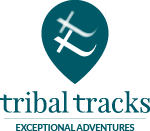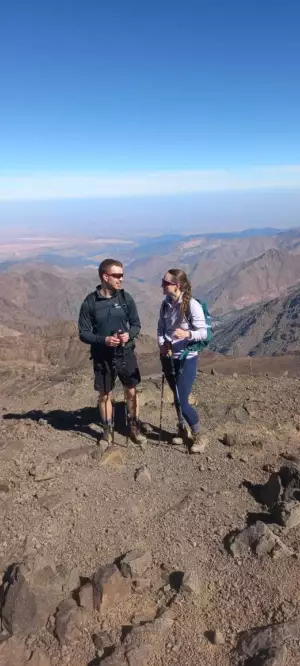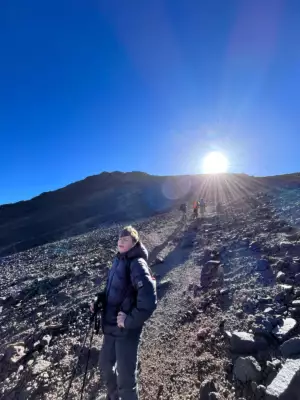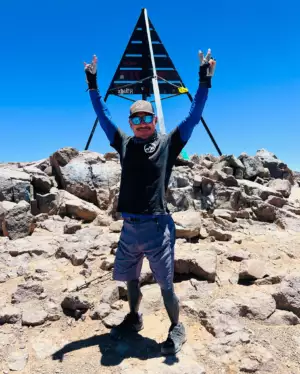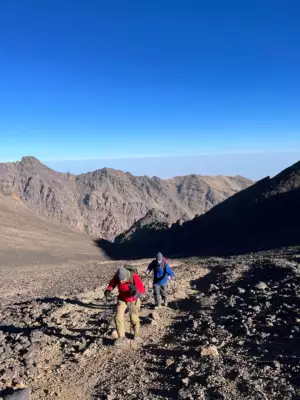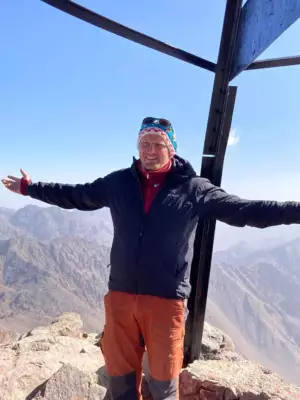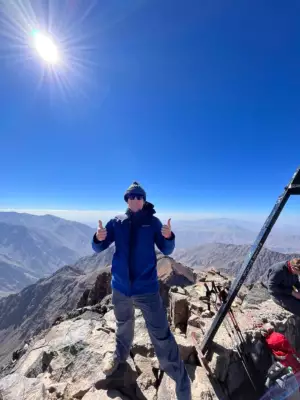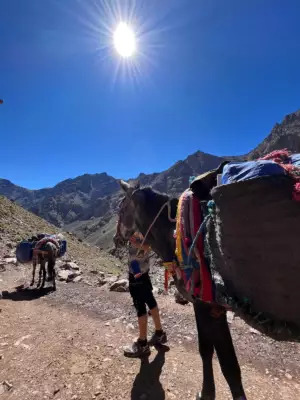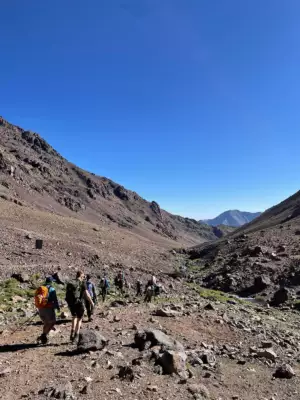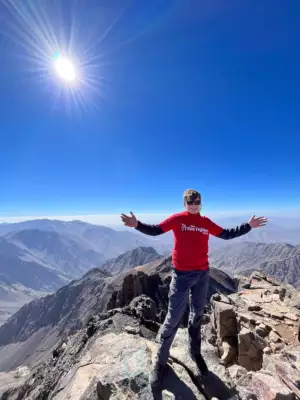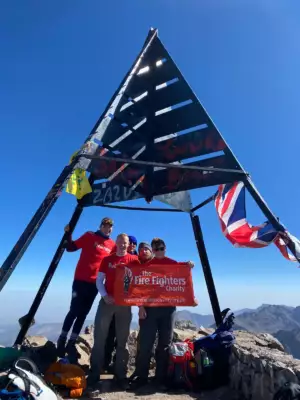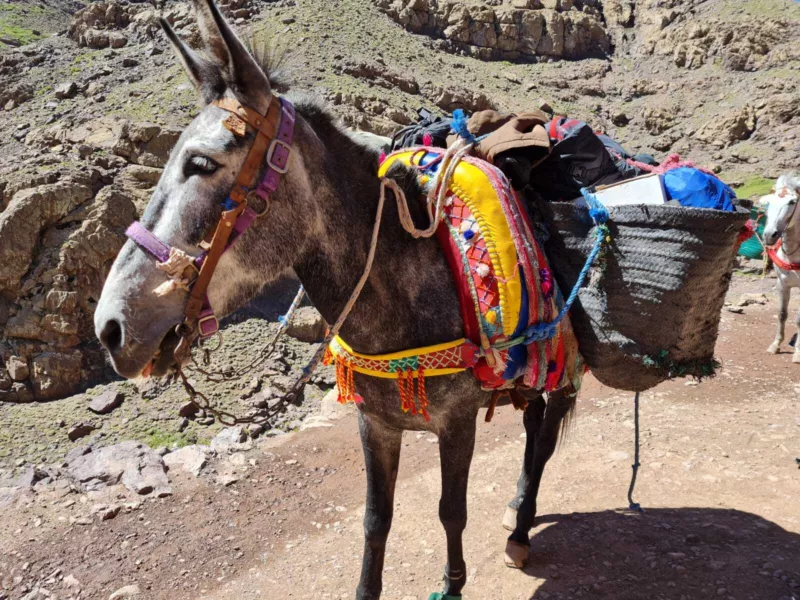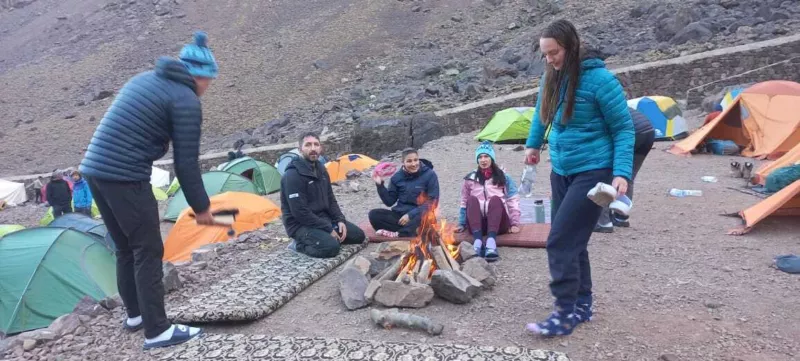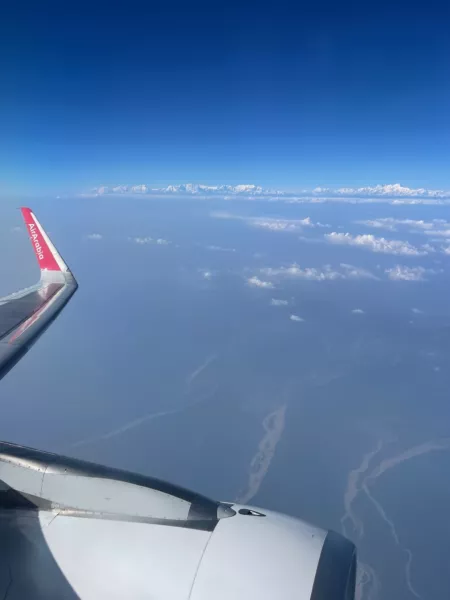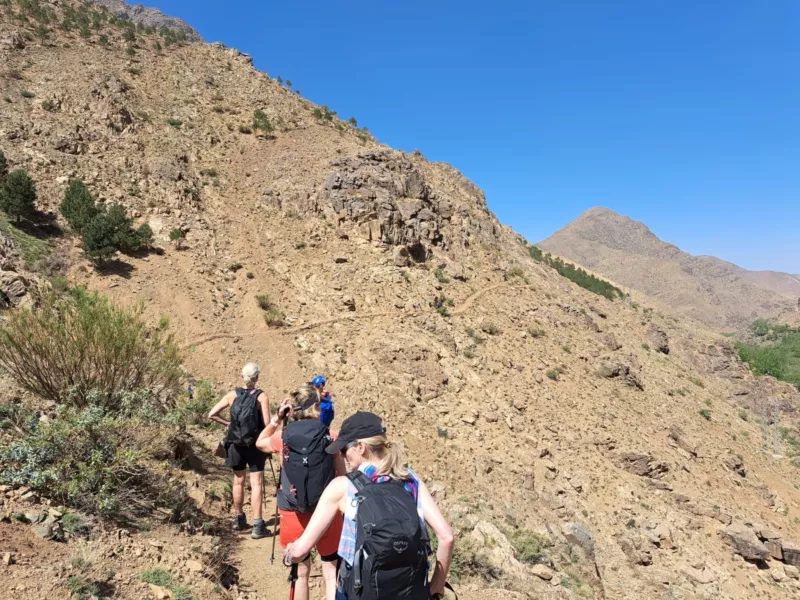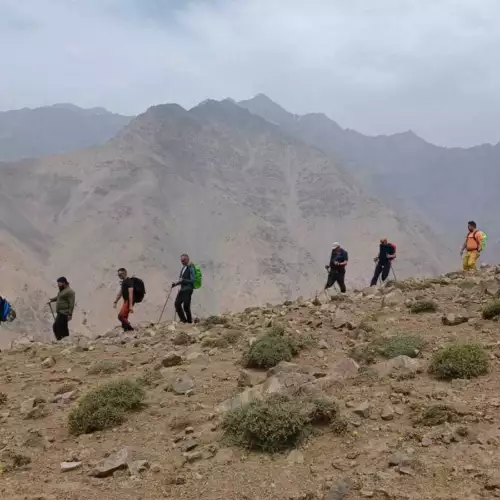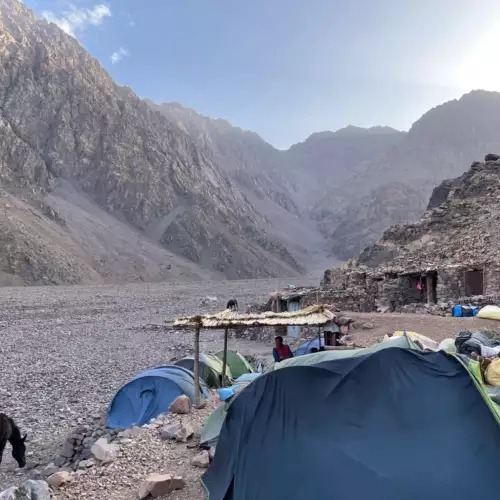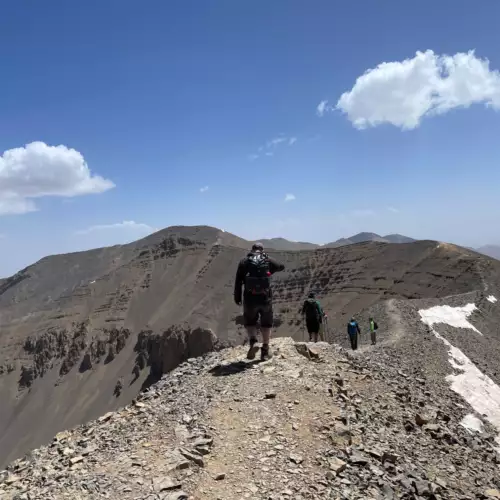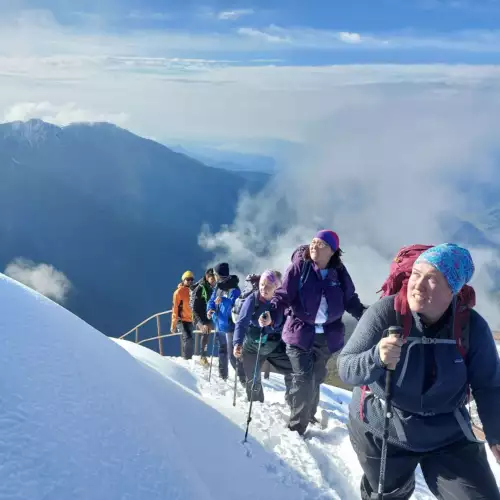Trekking at high altitude (generally above 2500 metres) involves additional risk not normally associated with lower level treks. This is not something that should prevent you from undertaking a trek to our higher destinations, but it makes sense to learn about the dangers inherent in trekking at high altitude and also the ‘golden rules' to prevent Acute Mountain Sickness (AMS).
Trip selection
For each of our trips, you can find the maximum altitudes listed on the web site and in the itineraries. You should read the itinerary carefully and use your own judgement to gauge whether your chosen trip is suitable for your level of experience. If you have any doubts at all you should contact us and we are happy to discuss the trip with you.
Acclimatisation
You can acclimatise to altitude by the process known as acclimatisation. The most important rule is to gain height slowly and it is generally accepted that the maximum safe altitude gain in any one day is 500 metres once above 2500 metres. Where this is not possible, then it is important to have a rest or acclimatisation day at the new altitude before gaining further height. All our itineraries follow this rule. In general the maxim ‘climb high and sleep low' applies. It is perfectly acceptable (and even beneficial to your acclimatisation) to climb higher than 500 metres above your last camp (for example when crossing a high pass) as long as the increase in sleeping altitude remains within the above rule. All of our itineraries are carefully designed to build in optimum acclimatisation.
Hydration
There is a link between daily fluid intake and successful acclimatisation and you must pay particular attention to hydration during trekking at high altitudes. On treks to 3000 metres and above most people will need to drink between 5 and 6 litres each day to achieve suitable hydration levels and you must adopt a responsible approach to achieving this target. It goes without saying that as alcohol is a diuretic, it is not recommended that you drink alcohol while at altitude.
Acute Mountain Sickness
Before embarking on a trek to high altitude it is important that you familiarise yourself with the signs and symptoms of Acute Mountain Sickness (AMS) and that you report any illness to your tip leader straight away. See the links at the bottom of this page for further reading on AMS.
Diamox
There are a number of untested herbal remedies which claim to prevent mountain sickness. However, only one drug is currently known to have a useful role in preventing AMS and to be safe for this purpose: acetazolamide (Diamox). We recommend that you carry Diamox in your first aid kit for treks where you spend an extended period above 4000m. Diamox can only be obtained from a medical professional on prescription and it is important that you first consult your own doctor so that you know there are no contra indications with other medicines you may be taking and that you do not have an allergy to acetazolamide. Diamox commonly causes some minor side effects, such as tingling fingers and toes, or a metallic taste in the mouth, but more severe reactions are rare. On trek, the decision whether or not and when, you should take Diamox as with any drug, will rest solely with you. If you intend to take Diamox, you must familiarise yourself with the appropriate dosage and regime prior to coming on the trip. The links at the bottom of this page will provide further information on the use of Diamox as an aid to acclimatisation.
Emergency procedures
Travelling to high altitudes is not something you need to be scared of. Every year thousands of people enjoy the most amazing experiences in the world's greatest mountain ranges. Altitude sickness is entirely preventable if you follow the very simple rules and procedures detailed above. Please make sure you are aware of these before you travel. However, please be assured that we have emergency procedures in place in the event that someone does experience AMS.
More information
For further reading on the above issues we recommend the following websites:
http://www.altitude.org/altitude_sickness.php
http://www.basecampmd.com/expguide/diamox.shtml
http://www.traveldoctor.co.uk/altitude.htm
